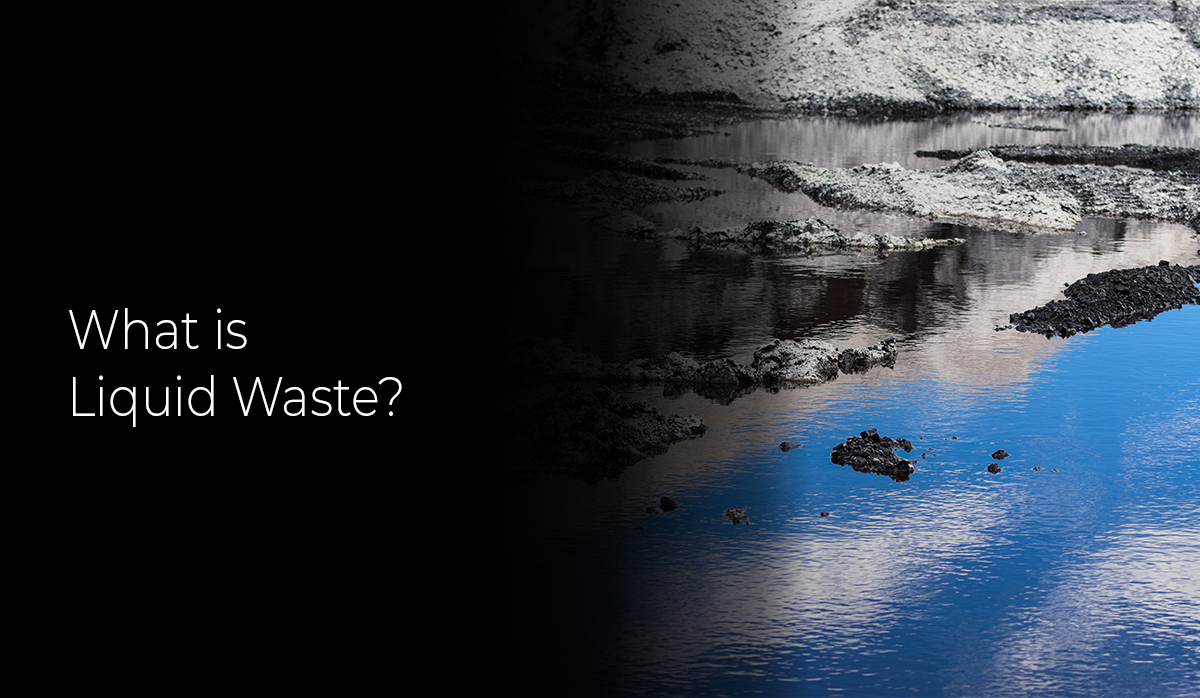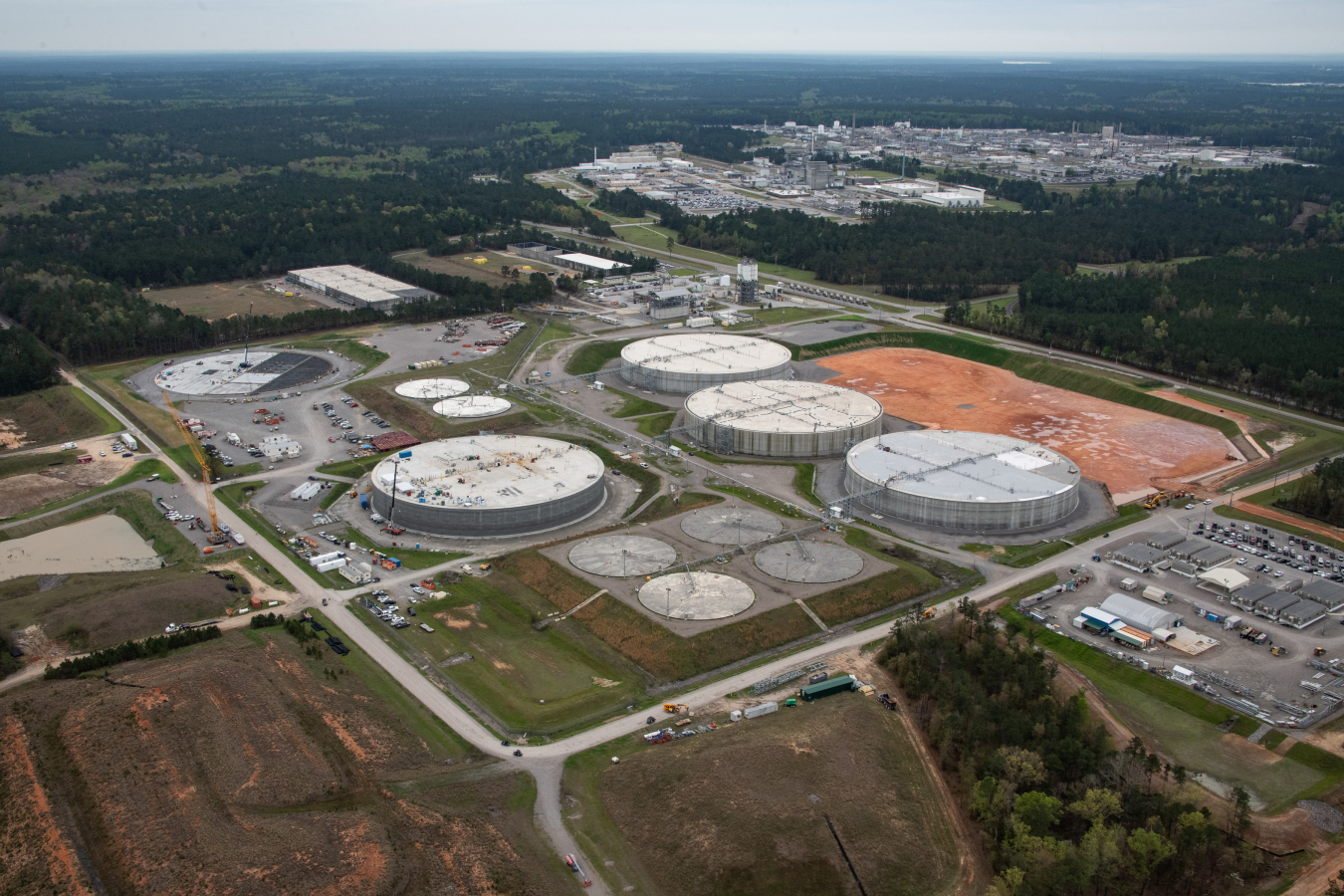Industrial Wastewater Treatment: Advanced Approaches for Effective Monitoring
How Liquid Garbage Disposal Functions: A Detailed Summary of Methods and Technologies Employed

Introduction of Liquid Waste Kind
The intricacy of liquid waste kinds demands a comprehensive understanding of their characteristics and effects for disposal. Liquid waste can extensively be categorized right into several kinds, consisting of industrial, municipal, farming, and contaminated materials. Each group exhibits distinctive homes, needing certain monitoring strategies to reduce environmental and wellness dangers.
Industrial fluid waste originates from making procedures and typically includes a series of pollutants, such as hefty metals, solvents, and organic substances. Metropolitan liquid waste, primarily comprising wastewater from homes and business establishments, has natural matter, nutrients, and microorganisms (industrial wastewater treatment). Agricultural fluid waste, consisting of drainage from ranches, may have plant foods, chemicals, and animal waste, posing dangers to water high quality and communities
Harmful fluid waste is defined by its poisoning, reactivity, or possible to trigger damage. Understanding these varied liquid waste kinds is vital for establishing efficient disposal techniques and guaranteeing conformity with environmental policies.
Physical Treatment Techniques

Testing is the preliminary step, where bigger particles and debris are eliminated from the fluid waste utilizing displays or grates. This procedure protects downstream equipment from damage and makes certain smoother procedure. Adhering to testing, sedimentation makes use of gravitational pressure to separate solids from fluids. In sedimentation containers, larger fragments work out at the bottom, creating a sludge layer, while the made clear fluid can be additional treated.
Purification is another vital method that includes passing the fluid via porous materials, such as sand or membranes, to capture smaller fragments. This action enhances the quality of the fluid, making it appropriate for subsequent therapy processes.

Chemical Treatment Techniques
Chemical therapy methods are important for effectively handling fluid waste, specifically in dealing with dissolved and colloidal pollutants that physical approaches may not sufficiently eliminate. These strategies use various chemical representatives to counteract, precipitate, or transform hazardous materials into much less damaging forms.
One usual technique is coagulation and flocculation, where chemicals such as alum or ferric chloride are included in promote the gathering of put on hold particles. This procedure boosts sedimentation, allowing for much easier removal of the resulting sludge. In addition, oxidation procedures, employing agents like chlorine or ozone, are visit the site employed to damage down intricate organic compounds and microorganisms, making the waste much safer for discharge or additional therapy.
Neutralization is another crucial strategy, which adjusts the pH of acidic or alkaline waste streams to neutral levels, stopping potential harm to downstream systems and the setting. Additionally, advanced oxidation procedures (AOPs) utilize mixes of oxidants and ultraviolet light to degrade consistent contaminants, achieving a greater degree of treatment efficiency.
Biological Treatment Procedures
Biological therapy procedures play a critical role in the administration of liquid waste by utilizing bacteria to disintegrate raw material and decrease impurity degrees. These processes can be extensively categorized right into cardiovascular and anaerobic therapies, each employing details microbial communities to achieve efficient waste degradation.
Cardiovascular treatment includes the usage of oxygen to facilitate the breakdown of organic products by germs. This procedure is commonly executed in activated sludge systems, where aeration tanks provide a conducive setting for microbial development, bring about the oxidation of organic toxins. The resultant biomass can be divided from dealt with effluent with sedimentation.
On the other hand, anaerobic treatment takes place in the lack of oxygen, relying upon different bacteria to damage down raw material. This technique is especially useful for high-strength waste, as it creates biogas, a renewable resource resource, while lowering sludge manufacturing. Technologies such as anaerobic digesters are regularly employed in local and commercial applications.
Both anaerobic and cardio organic treatments not only decrease the ecological influence of fluid waste but also help with resource healing, making them important components of lasting waste administration techniques. Their performance, effectiveness, and adaptability sustain their extensive implementation see post throughout numerous sectors.
Emerging Technologies in Disposal
Ingenious methods to liquid waste disposal are quickly evolving, driven by innovations in technology and an increasing emphasis on sustainability. Among these arising modern technologies, membrane layer bioreactors (MBRs) have gained grip for their capacity to integrate biological therapy with membrane layer filtering, leading to premium effluent that can be reused in different applications. MBRs enable smaller sized footprints and extra reliable operations compared to traditional systems.
One more encouraging development is using anaerobic food digestion integrated with nutrient healing modern technologies, which not just treats fluid waste yet also generates biogas and recuperates beneficial nutrients like nitrogen and phosphorus. This double benefit enhances source efficiency and lowers ecological influence.
Additionally, progressed oxidation procedures (AOPs) are being embraced for the destruction of complicated organic pollutants. go right here These techniques utilize powerful oxidants and catalysts to break down impurities at the molecular degree, offering a very efficient service for difficult waste streams.
In addition, the integration of man-made intelligence and machine learning in waste management systems is enhancing functional efficiency and anticipating upkeep, bring about minimized costs and enhanced environmental compliance. These technologies show a substantial change in the direction of even more effective and sustainable fluid garbage disposal methods.
Final Thought
In conclusion, reliable fluid waste disposal necessitates a thorough understanding of various methods and modern technologies. By continually advancing these methodologies, it ends up being possible to deal with the growing difficulties linked with fluid waste, eventually contributing to ecological security and source recovery.
Fluid waste disposal is an important facet of environmental management, needing a detailed understanding of numerous methods and technologies customized to various waste types. Fluid waste can broadly be classified into numerous types, consisting of industrial, community, agricultural, and dangerous waste. Agricultural fluid waste, including runoff from ranches, might consist of plant foods, pesticides, and pet waste, positioning dangers to water quality and ecosystems.
Numerous physical therapy methods play a critical duty in taking care of fluid waste effectively - industrial wastewater treatment.In verdict, efficient liquid waste disposal demands an extensive understanding of various strategies and technologies